Creative activity is proven to reduce stress and enhance wellbeing. Even doodling on a pad is said to be good for your health. But when it’s your job – and therefore your responsibility – to create, then pressure, demands and deadlines can turn the tables. Creativity can quickly become a root cause of anxiety rather than a mitigating factor. A study run in 2018 found that one in four people in the creative industry show severe signs of anxiety.
At ftrack, one of the goals of our software is to reduce stress for creatives. We’d like to go one step further and offer support beyond our tools with productivity advice like the below. This is the first article of many aimed to help make your day-to-day less stressful and a whole lot more enjoyable.
The Pomodoro Technique
The Pomodoro Technique is a time management method developed by Francesco Cirillo in 1987. It breaks up work into bite-sized intervals, with each interval fittingly known as a pomodoro. (Pomodoro means “tomato” in Italian – a name owing to the humble tomato-shaped kitchen timer Cirillo used as a student.)
The Pomodoro Technique encourages you to work with the time you have, rather than against it, by prioritising time-boxing, emphasising a sustainable pace and offering ample opportunity to inspect and adapt your approach to workload.
The approach is simple:
-
Select a task
-
Work on it for 25 minutes (a “pomodoro”)
-
Take a short break of five minutes
-
Repeat three times.
-
Once the fourth pomodoro is over (100 minutes of work time, 15 minutes of break time) take a longer 15-20 minute break
-
Reset and restart!

Why the Pomodoro Technique works
The Pomodoro Technique has a lot going for it. It’s low cost, low tech, commitment is minimal and it’s easy to give it a go in your day to day. Also – it genuinely works!
On the surface of things, it may appear that asking for more work to be completed within a shorter chunk of time will only generate more stress, rather than diminish it.
But the Pomodoro Technique pulls of a neat psychological trick. Having a timer count down the seconds instills a sense of urgency, sure; but it’s a low level anxiety. It makes you feel more accountable for the task at hand. This gently – and almost enjoyably – spurs you on towards wrapping up your task.
This enhanced focus is particularly useful for the perpetually distracted. Rather than labouring under the illusion that you have endless time in the workday to get things done – and then squandering those work hours on distractions – the limits of the Pomodoro Technique promote a state of flow and focus. Interruptions feel less tempting as you endeavour to complete the task ahead before the timer buzzes.
The regimented approach of a break every 25 minutes prevents constant, unnecessary breaks, while also keeping your mind fresh: you’ll feel less mentally fatigued at the end of the day.

Is the Pomodoro Technique for me?
For many, the Pomodoro Technique is a useful device that helps to reframe the day. It turns time into a predictable succession of contained events rather than a chaotic and random battlefield. The results can be hugely rewarding.
However, as with any productivity method, the Pomodoro Technique is not a one-size-fits-all approach. The psychology of individuals can differ wildly and some will find they’re simply not attuned to this way of working. But for those who feel like Pomodoro does strike a chord, it’s absolutely worth trying it out; particularly so in roles where work can be easily segmented into discrete chunks.

Today, the “official” Pomodoro Technique has been revamped into a more ambitious productivity system alongside a 45-page book. If you do your own research you’ll discover rules that we haven’t covered here.
We suggest that you keep things simple and compromise when using Pomodoro methods. Creative jobs aren’t always amenable to strict time keeping, after all. Spread tasks over two or three pomodoros if you wish. Be flexible around meetings and other ad hoc tasks that jump up throughout the day. If a Pomodoro is completely interrupted then – as the system suggests – consider it void and start again once the interruption has been dealt with. As Cirillo says, the next Pomodoro will go better.
The key to making the Pomodoro Technique successful is to let it work organically alongside your individual approach to workload, rather than against it.
DYK: ftrack has a timer to track tasks ⏲️ You can use this to time your pomodoros and approach your to-do list in a more structured way.
Improve your productivity and reduce creative stress. Try ftrack Studio‘s project management tools today to optimise production on complex creative projects. Or start with ftrack Review – a simple way to collaborate, communicate and iterate.
We’ll explore more ways to reduce stress in the creative industry very soon. Stay tuned for more personal productivity tips!
More from the blog
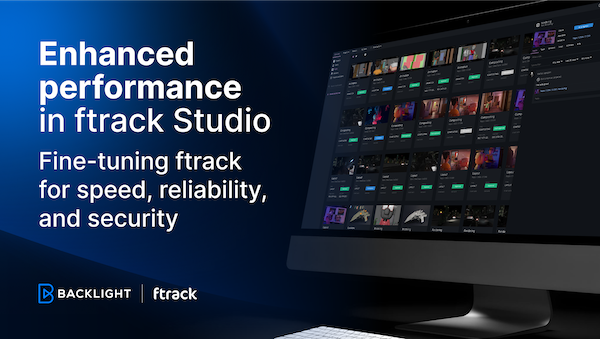
Enhanced performance in ftrack Studio: Fine-tuning for speed, reliability, and security
Chris McMahon | API, Developer, New features, Product, Productivity, Studio | No Comments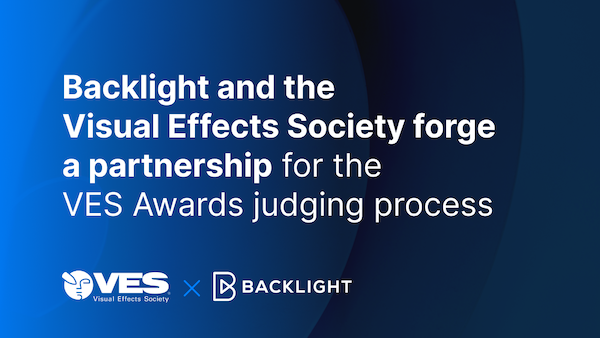
Backlight and the Visual Effects Society forge a partnership for the VES Awards judging process
Kelly Messori | Case Study | No Comments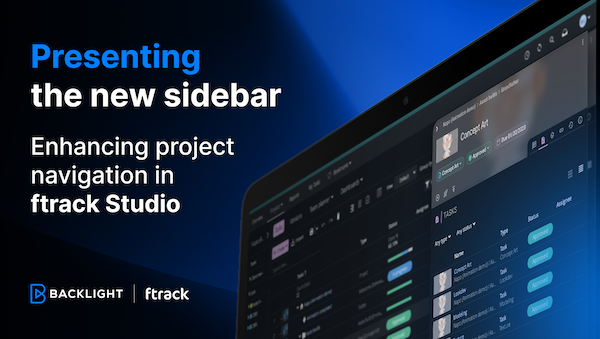
Presenting the new sidebar: Enhancing project navigation in ftrack Studio
Chris McMahon | New features, Product, Release, Studio | No Comments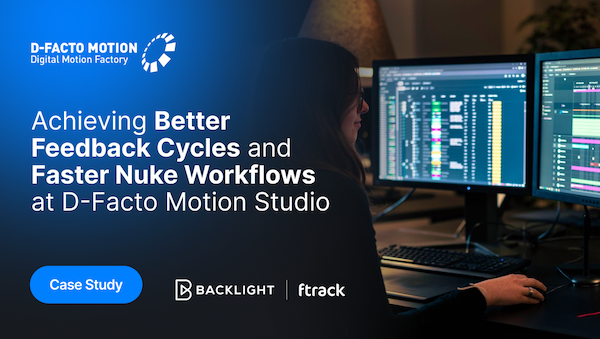
Achieving Better Feedback Cycles and Faster Nuke Workflows at D-Facto Motion Studio
Kelly Messori | Case Study, Studio | No Comments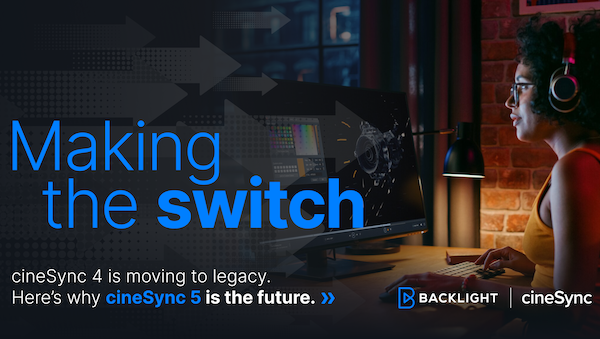
Making the switch: The transition to cineSync 5
Mahey | Announcements, cineSync, News, Product | No Comments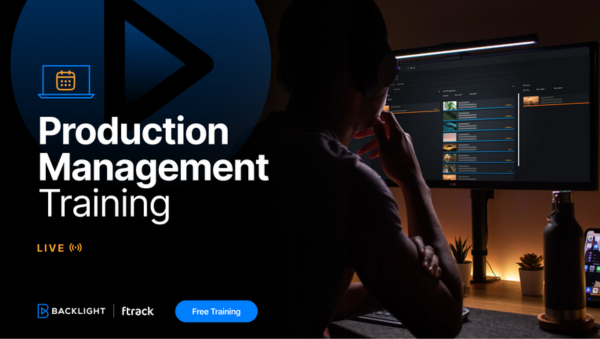
Supporting Your Studio: Free ftrack Studio Training and Office Hours from Backlight
Kelly Messori | News | No Comments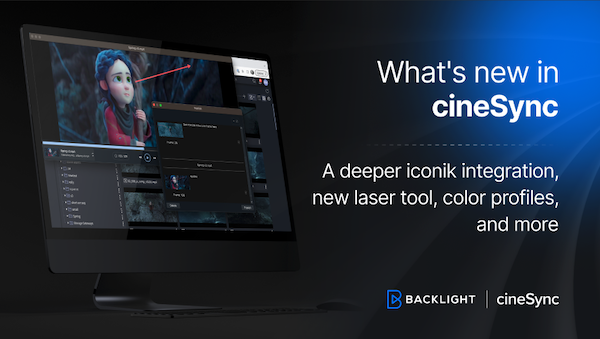
What’s new in cineSync – a deeper iconik integration, laser tool, OTIOZ support, and more
Chris McMahon | cineSync, New features, Product, Release | No Comments